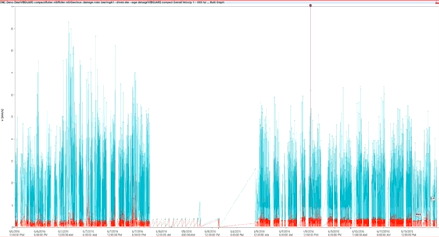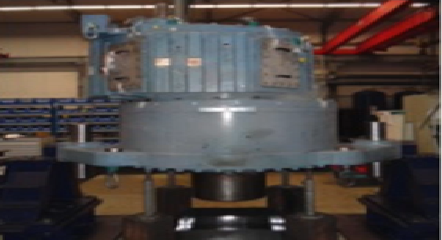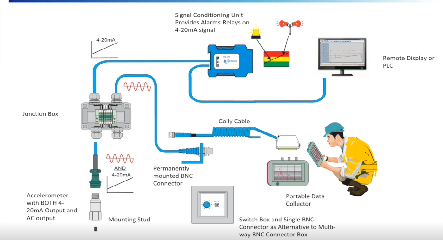MEMS Accelerometers and Yearly Calibration
By Alan McCall, CTO Sensoteq
A handheld portable vibration data collector typically uses a piezoelectric sensor. Normally this would require a calibration every year or two, as a piezo crystal output can drift over time.
MEMS (Micro-electromechanical systems) accelerometers do not require recalibration every year which make it ideal for use in a wireless vibration sensor. Why is this?
MEMS are made from silicon semiconductor. Silicon is used in most integrated circuits as an inexpensive high-quality material that is highly stable over voltage, time and temperature.
MEMS accelerometers are made using microfabrication techniques similar to those used in the semiconductor industry. This allows for precise control over the sensor’s dimensions and mechanical properties, resulting in highly consistent and stable sensors. The manufacturing process includes laser trimming to tighten tolerances and acts as a method of calibration, bringing the performance of the sensing element in line and with consistency. Thus, they come from the factory pre-calibrated.
Additionally, MEMS accelerometers have a wide operating temperature range and can withstand harsh environments. Being stable over time and temperature reduces the need for recalibration as it reduces the chance of the sensor drifting or malfunctioning.
Many MEMS accelerometers have built-in self-test and self-diagnostic features that can detect and compensate for any drift or aging over the lifetime of the sensor.
Utilising a MEMS accelerometer within a vibration sensor requires careful consideration to ensure that the device is operating within the manufacturer parameters and the output is at the desired accuracy level.
Placement of the MEMS accelerometer onto a PCB (Printed Circuit Board) is important to its performance. Package rotation, offset, and even soldering quality all play a part in the accuracy of the accelerometer output. The PCB itself also needs to be well secured to the mechanical enclosure and metal structures. To ensure good frequency accuracy of the accelerometer, the sampling of the data from a MEMS device requires an accurate time base or crystal with a trade-off being high current consumption for battery powered devices.
It is worth noting that the frequency of calibration is also dependent on the end application, the environment, and the required accuracy. It is always recommended to consult the manufacturer’s specifications and guidelines for the specific accelerometer in use.
MEMS is an excellent technology that has evolved significantly over the past decade. It is now a reliable method for sensing in industrial and critical applications, particularly where recalibration is not possible or very costly.






